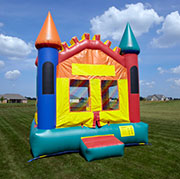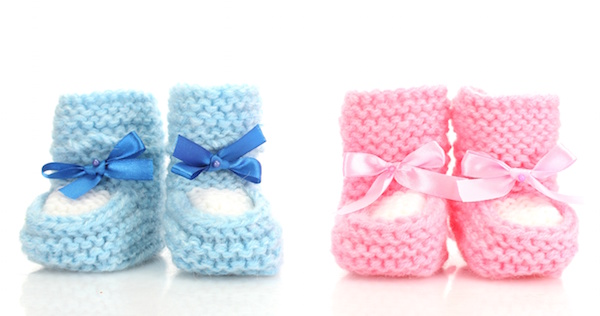
SUNDAY, June 22, 2014 (HealthDay News) — Inflatable bounce houses may be fun for kids, but only if they’re used correctly, experts caution.
If certain safety precautions are not followed, injuries can occur. Most often, kids hurt their elbows or other parts of their upper body when they collide with other kids or fall out of the bouncer, the experts noted. So adult supervision is paramount.
“Bounce houses are a great way to get kids active and are considered a relatively manageable risk, since severity of injuries is usually less than that of a trampoline,” said Dr. Teresa Cappello, a pediatric orthopaedic surgeon at Loyola University Health System in Illinois.
“Still, injuries and fractures are fairly common from bounce house play, and parents need to supervise the children,” she explained in a Loyola news release.
“If you have a bounce house in your backyard or neighborhood party, please make sure a responsible adult is monitoring what’s going on at all times,” she added.
Injuries inside of bounce houses typically occur when children of different sizes are jumping at the same time. Cappello advised parents to divide children into groups according to age and size, and then post an adult at the entrance of the bouncer to keep watch.
“Parents need to enforce the separation of ages when playing and have kids take turns in the house,” Cappello said. “It’s more fun for kids if they have space to jump and play, and it’s always a good lesson to learn to take turns. If you’re planning a party, add bounce house monitor to your list of volunteer duties.”
Limiting the number of children in the bounce house at one time is also important. If the bouncer becomes too crowded, the kids are more likely to fall out and get hurt.
If an injury does occur, parents should remove the child from the crowd and assess the situation. Any physical deformity or asymmetry in the extremities should be treated in the emergency room. If the injury does not appear abnormal, parents can take a “wait and see” approach. If the child has pain that does not resolve after a day, it’s time to visit the doctor.
“Often parents think if a child can move the arm, then it’s not broken. This is not always the case in kids. Many times children are able to move their arms even if there is a broken bone,” Cappello noted. “If the child is still in pain the following day, even if the child can move the injured extremity, he or she should be seen by a physician and have an X-ray.”
More information
The Child Injury Prevention Alliance has more on the proper use of inflatable bounce houses.
Copyright © 2025 HealthDay. All rights reserved.

